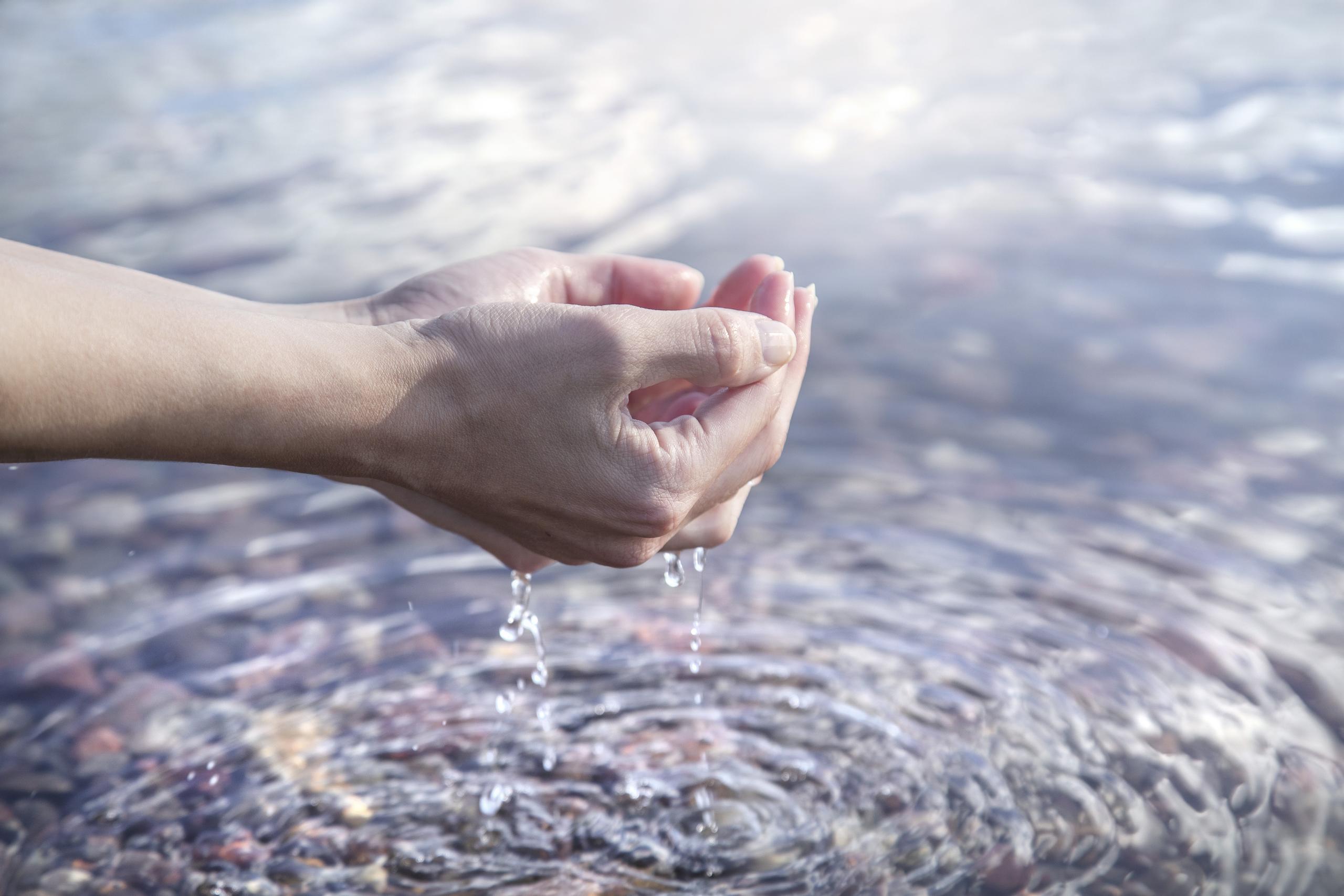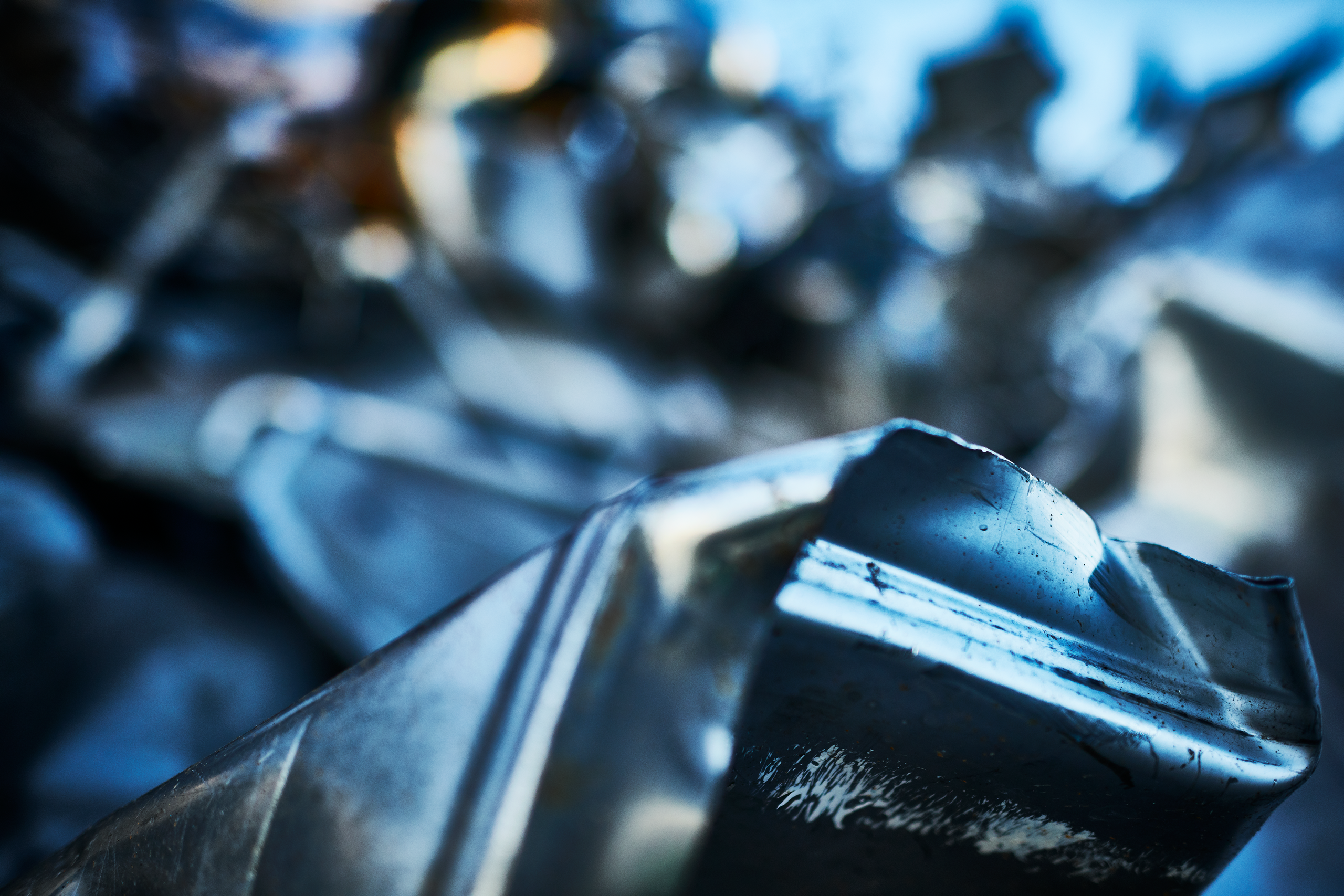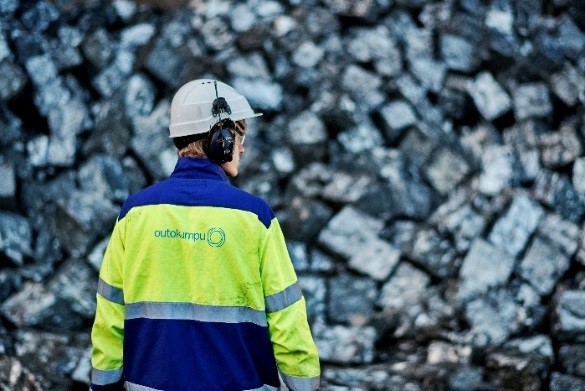 Emissions and impacts
Emissions and impacts
Outokumpu's aim is to minimize the environmental burden of the our operations as much as is economically and technically feasible. During the last decades, we have made significant investments to minimize our environmental impacts. Environmental impacts always have to be analyzed per life span, not only by production phase.
The most substantial environmental impacts that result from the production of stainless steel include emissions of dust and particles into the air, discharges of water from production plants, and direct and indirect energy consumption during production. Landfill waste is also created during the production process.
Our past achievements in minimizing environmental impact such as reduction of waste to landfills, world class energy efficiency, dust control, reduction of emissions to air and water and acid recycling improvements are great examples what innovative and persistent work can create.
Outokumpu's key environmental objectives are to prevent environmental incidents, to reduce emissions into water and air, to improve energy efficiency and to optimize the use of water. The enhanced use of recycled steel as raw material and the reduction of process waste are also important.
Emissions and potential impurities efficiently controlled
In stainless steel production, the largest environmental impacts include dust emissions into the air, water discharges from production, use of direct and indirect energy, and waste created in the production process. Steel melting and rolling processes generate dust and scales that are collected, treated, and when possible, recycled in our own production.
We use efficient dust filtering systems that remove 99% of the particles. All precautions have been taken into consideration and the input material is pre-checked for exluding any unwanted content, such as mercury and radioactive contaminated material, which do not belong in the stainless steel production.
Water is used in our production process in annealing, pickling and cooling phases. Water is treated and recycled whenever possible, and only some purified water is discharged to the municipal wastewater system. Before discharging, all wastewater is treated either in the company’s own treatment plants or in municipal water treatment systems.
Management systems ensure compliance at local level
Outokumpu has constantly improved its energy efficiency in all production sites by optimizing internal supply chains and increasing capacity usage globally. All sites are certified according to quality ISO 9001 and environment ISO 14001 management systems. Proper implementation of these systems is monitored by internal and external audits.
The work for further energy reduction and increased efficiency in all production units is continuous. Our environmental management systems are a key element in ensuring our compliance with industry standards and regulations.
Environmental compliance and permits
Our environmental network follows closely the quarterly environmental performance of our operations, their permit status and legal compliance.
The company’s environmental network conducts internal site audits in the production units according to risk screening. All Outokumpu production sites have environmental permits and certified ISO 14001 environment management systems. Typically, energy efficiency is integrated into environmental management systems, although many of the Group's sites have also achieved ISO 50001 certification for energy efficiency. The local supervising environment authority and independent ISO certification body are both auditing our production sites, environment permit conditions and compliance.
See our site-specific certifications.
